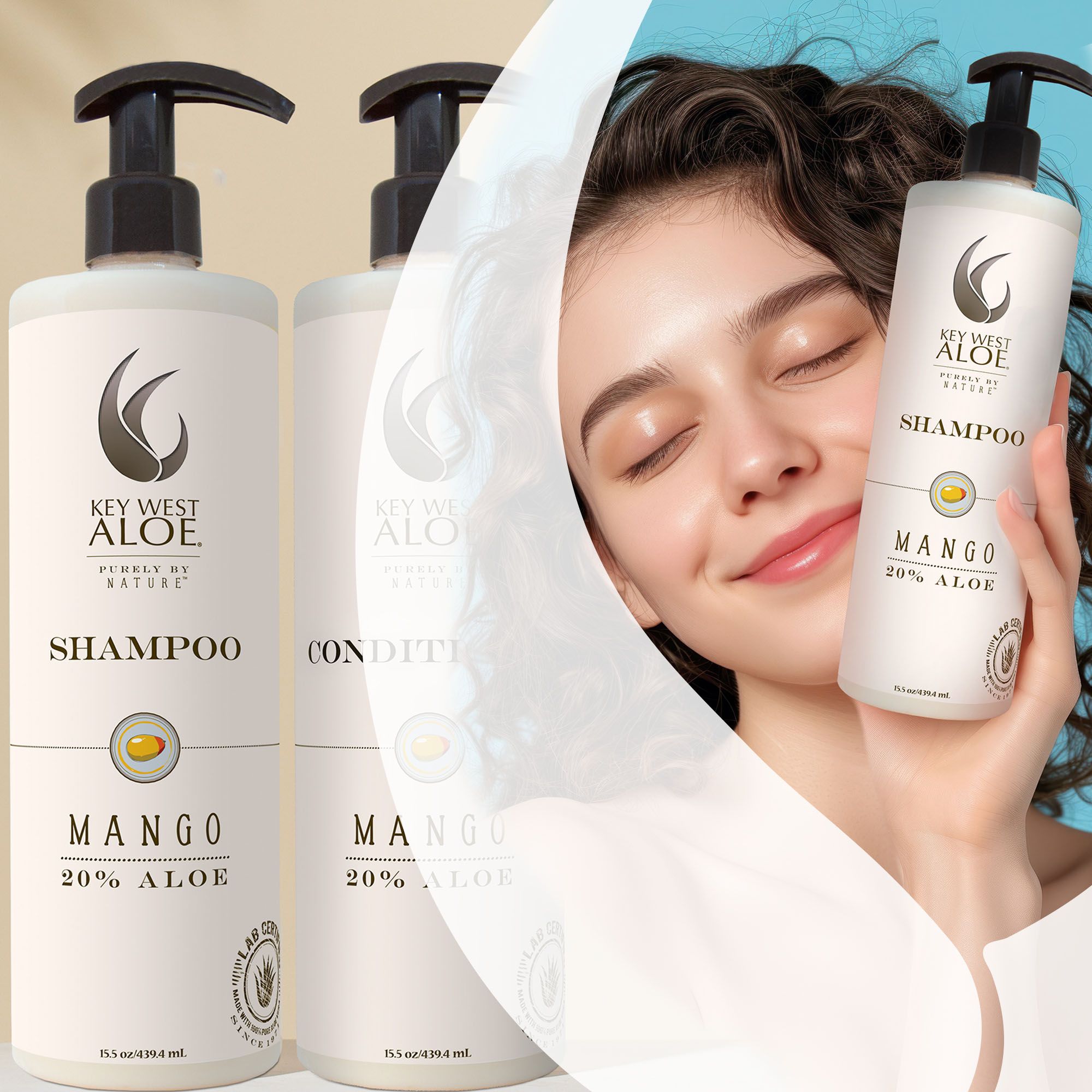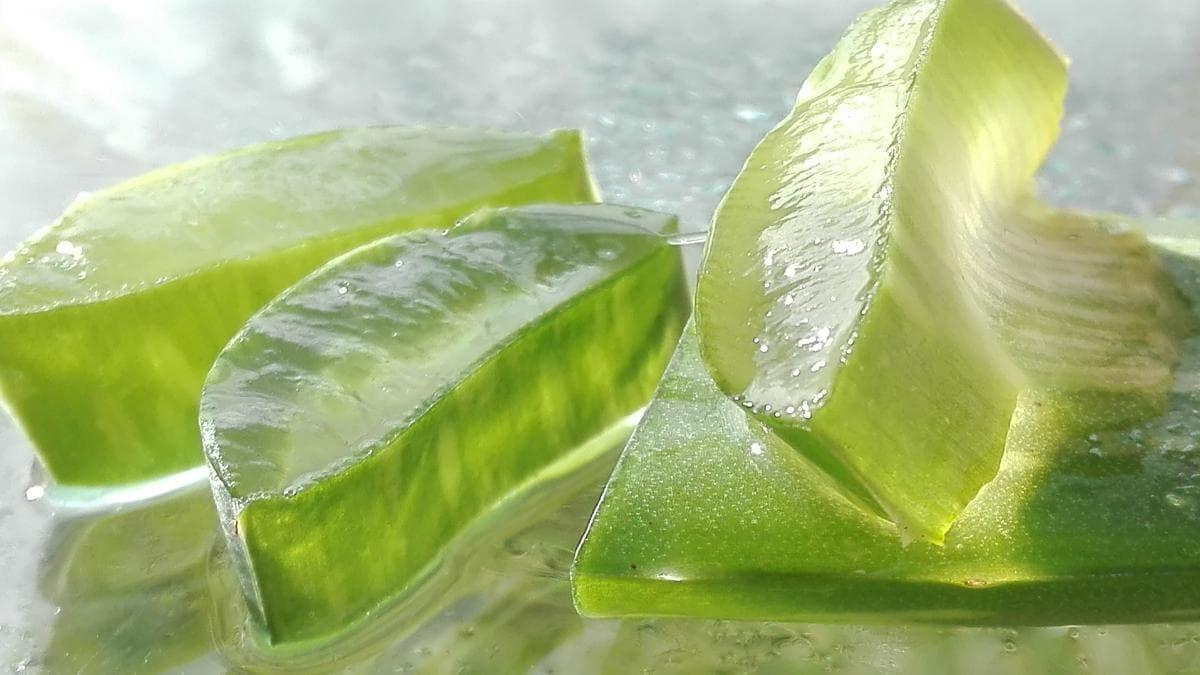Does Your Shampoo and Conditioner Have Aloe Vera?
There can be many reasons your hair is suddenly thinning, dull, or experiencing breakage. Let's face it: we put our hair through a lot. The average woman spends 40 minutes a day doing her hair—that could be washing, drying, or styling. And this doesn't include salon visits! Notice we said average. Some of you are top-knot girlies. Even too many top knots can damage your hair.
Shampoo and conditioner enriched with lab-certified aloe vera could help you achieve healthier, fuller, shinier hair. Using a shampoo and conditioner with aloe vera is beneficial for your hair because it is known for its moisturizing, repairing, and nourishing properties. Aloe vera can help maintain the pH balance of the scalp, reducing dandruff and soothing scalp irritation due to its anti-inflammatory properties. Additionally, aloe vera can promote healthy hair growth, reduce hair breakage, and add volume to the hair. Aloe vera-based hair care products can provide a gentle and natural way to cleanse and nourish the scalp and hair, making them an excellent choice for maintaining healthy and vibrant hair.
Benefits of Using Aloe Vera Hair Care Products Aloe vera is known for its proteolytic enzymes, which help stimulate dormant hair follicles. This promotes healthy hair growth, adding volume and life to your tresses. Oil and debris build up and block pores, preventing rapid hair growth. Aloe vera naturally cleanses the scalp and reduces sebum production, thus lessening oil and dirt accumulation and accelerating hair growth. Aloe vera contains the active ingredients copper and zinc, which are clinically proven to help hair grow healthy and strong. It also has a high water content (99.5%), which helps lock these nutrients and treat conditions like dandruff. The plant's anti-inflammatory properties help reduce irritation and aggravation of the scalp, which indirectly promotes faster hair growth. The chemical composition of aloe vera is very similar to that of keratin. This is why aloe has such a rejuvenating effect on our strands, nourishing them and leading to healthier-looking hair. At the same time, its pH level is naturally similar to that of our scalp and hair.Don't be so quick to rush out and start growing your aloe vera or purchasing an aloe vera plant. Using the plant's natural gel alone may lead to dryness and frizz. Good news: Key West Aloe has their own lab-certified aloe vera farm and has carefully curated a line of shampoos and conditioners made with aloe vera and botanical extracts for you. Our shampoos and conditioners protect, hydrate, soften, and detangle tresses, making hair soft, manageable, and full of body healthier. The hair cair line is available in four scents: Aloethera Moisturizing Shampoo & Conditioner, Coconut Shampoo & Conditioner, Key Lime Shampoo & Conditioner, and Mango Shampoo & Conditioner. And these affordable shampoo and conditioners won't break the bank; an 8oz bottle of either shampoo or conditioner is under $20. The complete hair care line is available in 2oz TSA-approved travel sizes.
Aloethera Moisturizing Shampoo | Aloethera Keratin Conditioner | Coconut Shampoo & Conditioner | Key Lime Shampoo & Conditioner | Mango Shampoo & Conditioner


